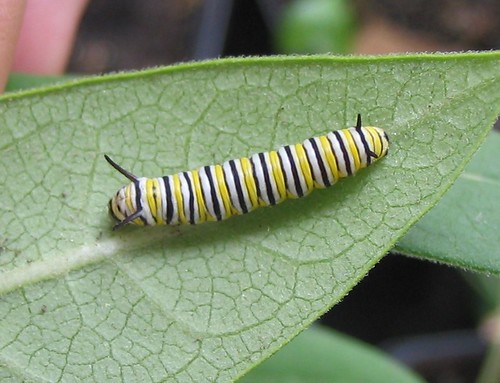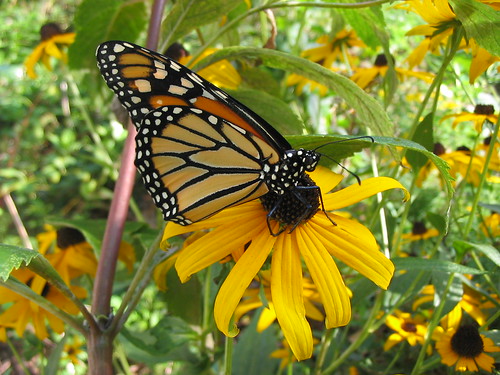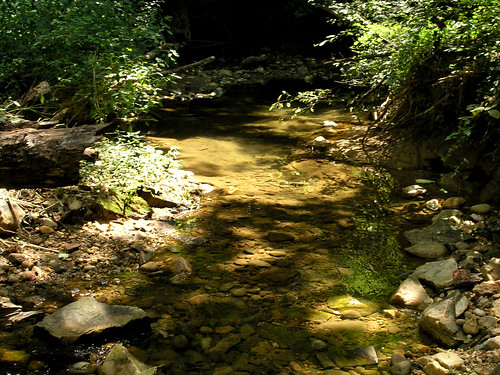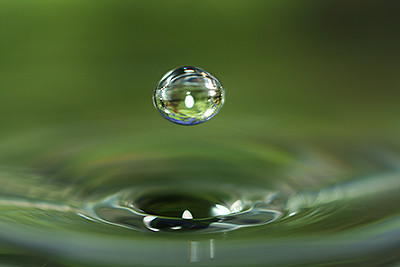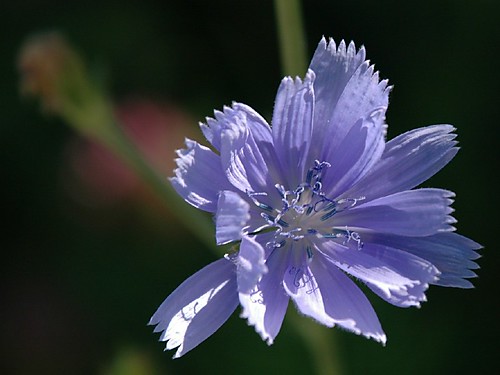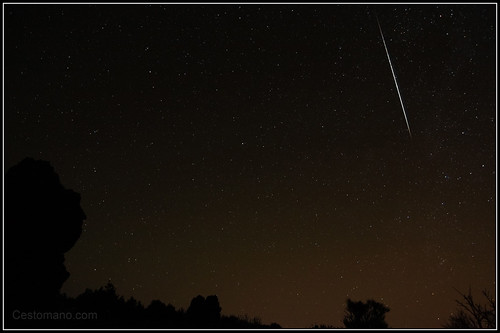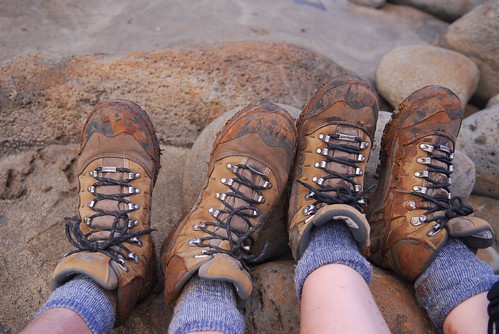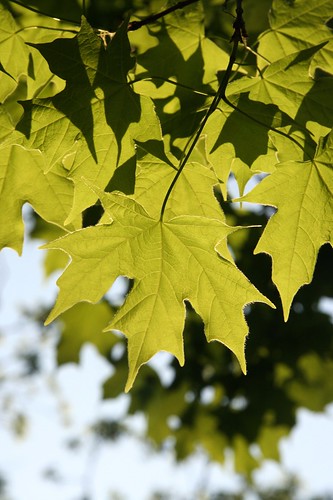 This week's highlight: The Maryland Native Plant Society is leading a hike at Fort Dupont on Sunday at 10. At over 376 acres, this is the second largest park in the District. Come check it out with some folks who really know their plants.
This week's highlight: The Maryland Native Plant Society is leading a hike at Fort Dupont on Sunday at 10. At over 376 acres, this is the second largest park in the District. Come check it out with some folks who really know their plants.Sign up now for MAW's Camp Sequanota (Jennerstown, PA) mushroom foray weekend, from Friday evening, September 11 to mid-day Sunday, September 13. One year, the total number of mushroom species identified was 260! Edibles may be added to the Saturday evening meal. Cost is $110 per person, in a 2-person room, with 5 meals. Registration by Friday, September 4, is strongly encouraged. Contact Jon Ellifritz at ellijon@earthlink.net to register or for more info.
Also this week:
Sierra Club
Sat: Mason-Dixon Trail, Otter Creek Campground to Lock 12 (PA) (10 mi, 3000 ft elev. gain)
Sat: Big Schloss and Little Schloss. (17 mi., 3,000 ft. elev. gain)
Mon: Easy Hike & Ride: Lake Fairfax Park and Colvin Run Mill Historic Site (4 or 10 mi)
Potomac Appalachian Trail Club
Many cabin and trail crew work trips.
Tue: Little Devil's Stairs (17 mi, 4500 ft elev. gain)
Wed: Tuscarora Trail (no mileage listed, but route sounds long, with 2400 ft elev. gain)
Wed: Burke Lake (5 mi)
Center Hiking Club
all weekend: Campout in WV
Fri eve: Walk from Zoo to Rosslyn (4 mi)
Sat: Skyland to Cresent Rock (8 mi, from Vienna Metro)
Mon: Lake Frank with both hiking and biking (5-6 mi, from Shady Grove)
Capital Hiking Club
Fri eve: Moonlight Hike, C&O Canal Towpath, Great Falls
Sat: Assateague Island National Seashore (bus)
Maryland Outdoor Club
Thu: Gunpowder Falls State Park
all weekend: camping in Thomas Jefferson National Forest
Northern Virginia Hiking Club
Sat: Big Schloss (12 mi)
Sun: Great Falls (4-5 mi)
Sun:Sherman Gap, George Washington National Forest (8 mi, meets at Vienna Metro)
Wanderbirds
Sun: Paw Paw Bends and Paw Paw Tunnel (10-15.5 mi, Farragut and Grosvenor Metro pickups)
Mycological Association of Washington
No monthly meeting this week -- postponed to next week.
Sat: possible foray at Seneca Creek State Park
National Arboretum
Tue: Lecture on Sustainable Sites Initiative: Measuring Sustainability in the Garden
United States Botanic Garden
Mon and Thurs: Lunchtime tours of the conservatory
Sat: Tour of the National Garden's native plants of the Mid-Atlantic region
Bladensburg Waterfront Park
Tue-Fri: free tour by pontoon boat at noon
Sat-Sun: free tour by pontoon boat at 5PM
Potomac Conservancy
Sun: talk - Voices of the River: Knowing Native Waters, followed by Irish music
FOR KIDS
Audubon Naturalist Society
Fri: Insects that Fly (Ages 18 mo-3 years)
Rock Creek Park
check schedule for planetarium events.
Wed: Art in the park - drawing outdoors (ages 10+)
Wed: Pierce Mill walk (ages 5+)
Thu: Nature journal (ages 9+)
Thu: Owl pellets (ages 5+)
Fri: Creature Feature (all ages)
Sat: Aquatic life in the Melvin-Hazen Trail (ages 6+)
Sun: Ranger-led horseback tour (ages 12+)
United States Botanical Garden
Register now for preschool "Sprouts" program, Wednesday mornings - must register for a month at a time. September session starts on 9/9. Ages 3-5.
Museum of Natural History
Daily tarantula feedings in the insect zoo and museum tours.
Tue: Hands-on activities in the Dig It! soil exhibit
Wed: Look at specimens or artifacts with a scientist in the Ocean Hall
Like the photos in this post? Mouse over for credits; a click takes you to the photographer on Flickr.

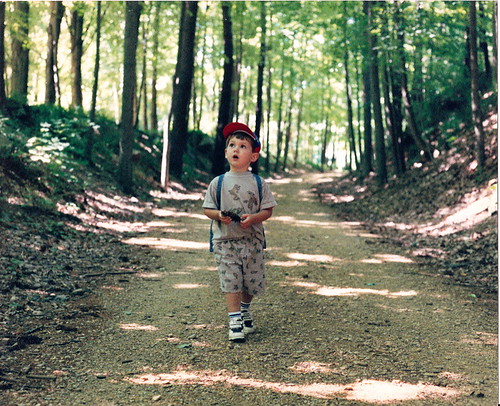
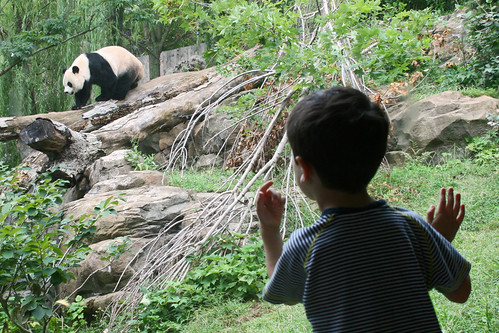
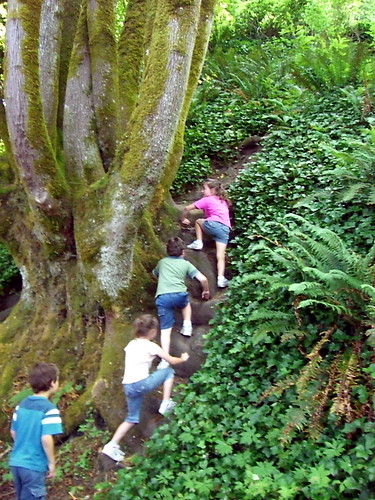
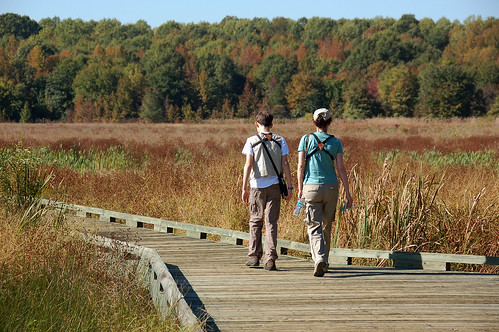

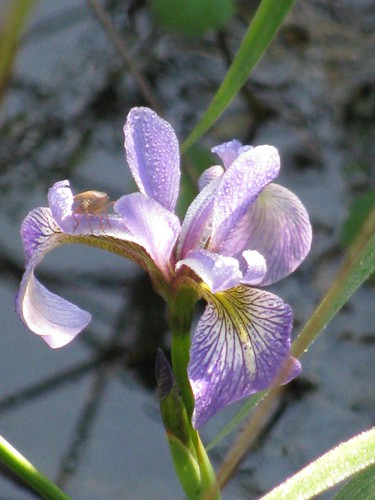
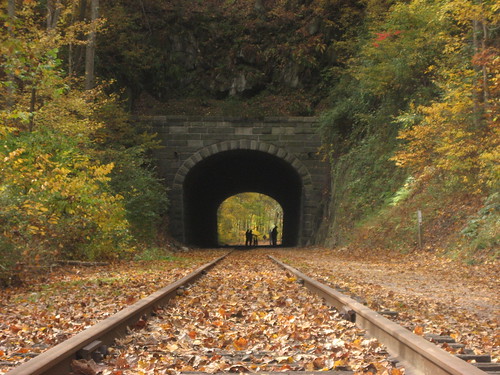

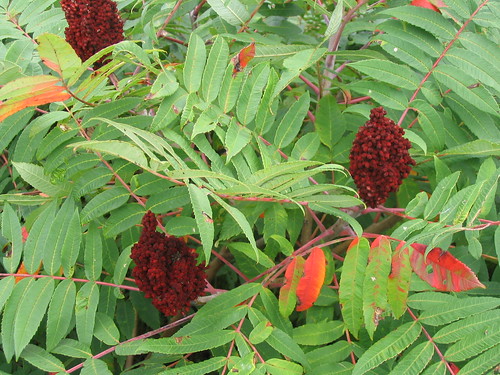




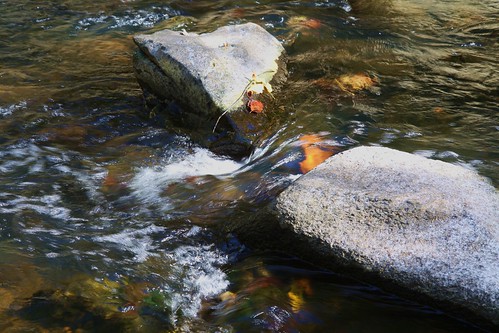
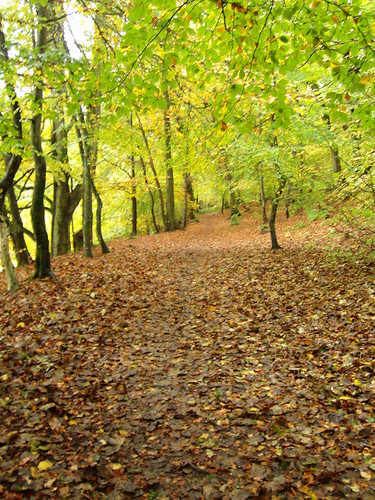

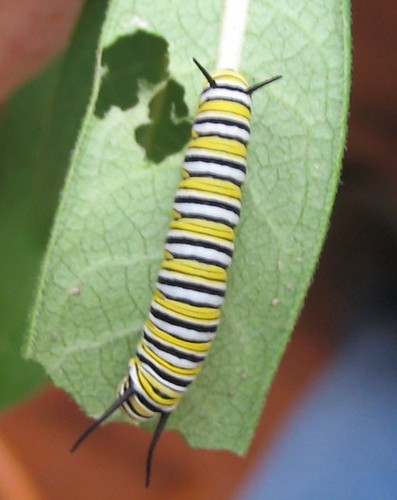
 When they're ready, the monarch caterpillars will look for a good place to pupate, attach themselves upside down with a strong mass of silk threads, and shed their skins one more time. Their next skin hardens into a beautiful chrysalis, like jade decorated with sparkling gold.
When they're ready, the monarch caterpillars will look for a good place to pupate, attach themselves upside down with a strong mass of silk threads, and shed their skins one more time. Their next skin hardens into a beautiful chrysalis, like jade decorated with sparkling gold.